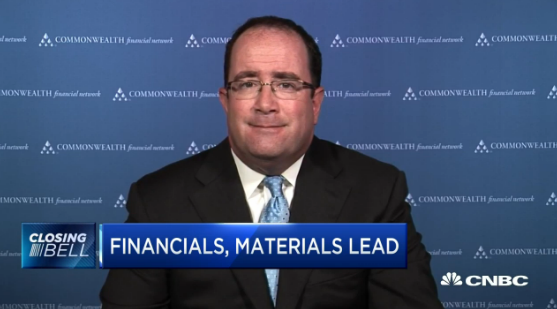No matter what the ECB decides to do with bonds and the capital key, Investment Strategist Ann-Katrin Petersen says one thing seems clear: Given today’s market conditions, it will almost certainly need to adjust its QE parameters in the months ahead.
by Ann-Katrin Petersen, Allianz Global Investors
After 17 months of sovereign-bond purchases by the European Central Bank (ECB) – not to mention negative deposit rates and heightened Brexit-related political uncertainty – more than half of the euro zone's government bonds are currently carrying a negative nominal yield.
This has put the concept of "scarcity scares" back on the agenda, with investors asking themselves what would happen if the euro area's central banks ran out of bonds to buy. Markets worry that the ECB's self-imposed purchasing constraints, particularly its deposit-rate restriction, increase the likelihood of this scenario.*
The good news is that on the aggregate level, the scarcity problem might not come to pass for a while. For the euro zone as a whole, the currently available supply of assets eligible for the public sector purchase programme (PSPP) is still exceeding the ECB's expected demand until the end of March 2017. Still, Germany's Bundesbank could be the first national central bank that runs out of eligible bonds to purchase, as shown in the accompanying chart. Of course, this supply shortage would be even more pressing if any quantitative easing (QE) were to be extended beyond March.
To address these scarcity issues, the ECB's Governing Council will likely try to implement technical solutions (such as dropping the deposit-rate floor) instead of political ones (such as adjusting its "capital key" rules).
The ECB's capital key says that sovereign-bond purchases must be split across countries according to the respective country's share in the total population and GDP of the region (for example, 25.6 per cent for Germany and 20.1 per cent for France). However, there is no legal requirement to buy assets in line with the capital key, and substitute purchases - such as bonds issued by supranational institutions – are already allowed.
One option for the ECB is to waive this rule, which would likely result in the central bank buying a higher proportion of the bonds from more indebted member states. This would open up the ECB to criticism that it is heading toward monetary financing.
To avoid this scenario, the ECB might not waive the capital key rule entirely. Instead, the Governing Council could try several approaches to adjust the QE parameters, including increasing the issue limit for government bonds issued without collective action clauses (CACs); lowering the deposit rate or dropping the rate floor; changing the eligible maturity range; and/ or broadening the eligible asset universe.
No matter what the ECB decides to do with the capital key, one thing seems to be clear: Given today's market conditions, the ECB will almost certainly need to adjust its QE parameters in the months ahead.
'Scarcity Scares' Are Back on the Agenda
Germany's Bundesbank could be the hardest-hit
by self-imposed constraints.
PSPP Holdings, Implied Buying and Market Volume of Eligible Bonds Outstanding

- Estimated holdings of government bonds (as at 31 July 2016; EUR bn)
- Expected purchase volume until end of PSPP (EUR bn)
- Outstanding PSPP-eligible govt. bonds accord. to maturity range, deposit rate restriction and issue limit, less Eurosystem holdings (not readjusted for eligibility criteria; EUR bn)
Source: Bloomberg, ECB, AllianzGI Global Capital Markets & Thematic Research at 3 August 2016 (unless otherwise stated). Past performance is not a reliable indicator of future results.
*Additional information about the ECB’s purchasing constraints: 1) Maturity range: The remaining maturity of the bonds must be between two years and less than 31 years. 2) Deposit-rate restriction: The ECB only acquires government bonds whose yield is above the ECB’s deposit facility rate (currently -0.40 per cent per annum). 3) Issuer/issue limit: As part of the PSPP, the ECB purchases a maximum of 33 per cent of the outstanding bonds of an issuer and of each single issue, except for bonds with CACs, where the issue-share limit is 25 per cent (subject to a case-by-case verification).
The material contains the current opinions of the author, which are subject to change without notice. Statements concerning financial market trends are based on current market conditions, which will fluctuate. References to specific securities and issuers are for illustrative purposes only and are not intended to be, and should not be interpreted as, recommendations to purchase or sell such securities. Forecasts and estimates have certain inherent limitations, and are not intended to be relied upon as advice or interpreted as a recommendation.Copyright © Allianz Global Investors
















